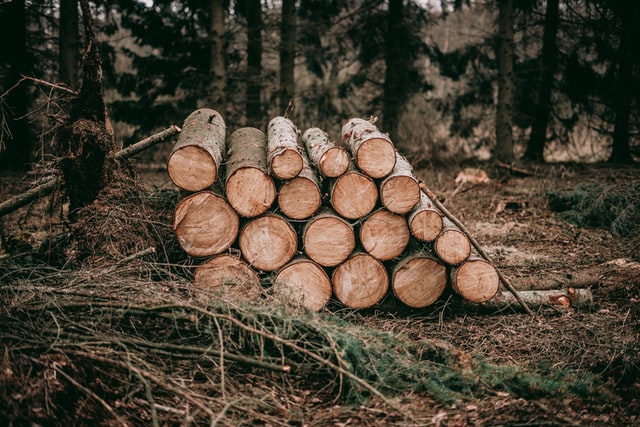If you’ve acquired lumber, you must be thinking of transforming it into usable logs. However, before you start working on your new project, there are a few things you need to be informed about. One of the most important parts of transforming lumber is to understand the process of lumber milling. Regardless of whether you acquired lumber through trees that toppled in the forest by strong winds or a tree that may have been threatening power lines or other structures, lumber is a very valuable commodity to possess. You must have a clear plan of how you will maintain its value, if not increase it. This article will help you discover how to transform the lumber you have acquired into usable logs most efficiently.

Storage for Lumber Milling and Log Piling
Assuming that you don’t own heavy milling equipment, you will probably need to select a lumber milling location and pile the logs. Since lumber and logs are quite heavy to be carried around with hands, you may need a truck and trailer to move your piles around – the lumber mill is usually loaded on the driver’s side. It is also important to keep the wood preservation details in mind; it will help you ease the entire process. However, if you are in doubt about something, it is best to contact the closest lumber mill or a portable sawmill service in your area. It is necessary to clarify the situation beforehand to avoid the strenuous task of relocating the lumber.
Log Preparation
You may want to remove the branch butts from the main stem. It is best to use a chainsaw to cut the branch butts as closely to the bark of the trunk as possible. Regardless of whether you want chainsaw mills to transform raw lumber into usable logs or cut down trees, there are various chainsaw mill models to help you accomplish your lumbering tasks with ease and safety. The reason behind chopping off the butts with a chainsaw is that it makes the movement of the logs on the mill easier and faster. Depending on your needs, you can cut the logs to your desired length. However, it is vital to cut the logs into consistent lengths so that the stacking of the lumber becomes easier.
Handling The Logs
When you’re moving the logs or storing them, it is best to keep them off the ground. Coming into contact with the damp ground can make the logs decompose faster and possibly hamper your entire project and render your lumber less usable. In addition, when the logs are placed on the ground, debris like mud, sand, and gravel can get stuck on them. It is crucial to clean this debris off the logs; otherwise, it may damage your equipment. The blade and chain of your machine are the most vulnerable to the debris stuck on the logs and can damage them beyond repair. You can use a pressure washer, hose, or broom to clean the logs.
Drying and Stacking Lumber
There are several benefits of drying the lumber before stacking it. Air-drying the green lumber helps conserve the wood longer and you reduce the loss of resources at the lowest capital costs. Moreover, air-drying lumber reduces the need to burn fuels for the energy required to conserve the wood. It is practical as it reduces environmental pollutants. It is best to air dry lumber exclusively, if possible. For air-drying, you will need to create a strong foundation to support the lumber pile. The height of the pile can be around 15 feet, depending on your requirements.

Safety and Precautions
When you are surrounded by heavy equipment, logs, and lumber, you must be very cautious. It is recommended that you wear appropriate gear during the lumber milling process. It is crucial to wear gloves, boots and be mindful of where your hands and feet are. Additionally, it is a good habit to wear ear and eye protection gear when dealing with wood. Since logs move unexpectedly, you must always be aware of your immediate surroundings. If you’re unsure, it is best to hire a professional to handle the lumber and logs.
Transforming lumber into usable logs can be a strenuous and dangerous task, and you must be fully prepared for what you plan to do. The first thing you need to do is select a location for lumber milling and log piling. You will have to prepare the lumber before you mill them. It is crucial to handle the logs with care and precaution. Air-drying lumber before stacking them is a cost-effective and environmentally conscious method. Importantly, you must always take appropriate safety precautions when dealing with lumber and logs.










